Ferrari and its 2007 world champion Kimi Räikkönen etched a tiny notch on Formula 1’s history wall during pre-season testing at Barcelona on Thursday morning, when the Finn’s Ferrari SF16-H emerged from the pits with his helmet ensconsed beneath a ‘halo’ protection system designed to protect drivers from airborne debris at high-speed.
The system was being used for the first time in public and could be implemented by regulation for 2017. Should this happen, it could signal a fundamental shift in the way grand prix cars look and, potentially, how the sport identifies itself in the future.
The issue of drivers’ head protection has been prominent for a while and became more acute with the fatal injuries suffered by Marussia Formula 1 driver Jules Bianchi in the 2014 Japanese GP and former F1 racer Justin Wilson in last year’s Pocono 500 IndyCar race. The FIA, the sport’s governing body, is keen to develop cockpit protection technology and wants it implemented as soon as feasibly possible.
The device that appeared on Räikkönen’s car was similar to that Mercedes is developing with the FIA. It comprises an arrow-shaped carbon structure with a central bar in front of the driver’s line of sight and is designed to prevent large debris, such as wheels or carbonfibre parts, from entering the cockpit zone. But without some form of hardened glass or perspex, with this version the driver is still exposed to a lesser degree to contact with smaller objects
From a human perspective, it seems obvious to explore ways to make the sport safer, and there is no doubt head injuries have been the most significant factor in fatal accidents recently.
But perhaps ideologically there is an argument to suggest that a part of Formula 1’s popularity has historically been founded on the fact that these individuals operate on the edge of human endeavour, and as such sign-up to an unavoidable aspect of danger inherent. It’s an emotive view, and one I only subscribe to in part.
Two fast-moving pieces of machinery, in close proximity, can never be 100% safe. And in the heat of competition one measure of this sport’s participants’ bravery is his or her willingness to push limits further than their rivals. It’s what made legends of racers like Gilles Villeneuve, Ayrton Senna, Ronnie Peterson. Most drivers buy that, but it doesn’t mean they have a death wish, or are unafraid of this eventuality, or do not deserve protection.

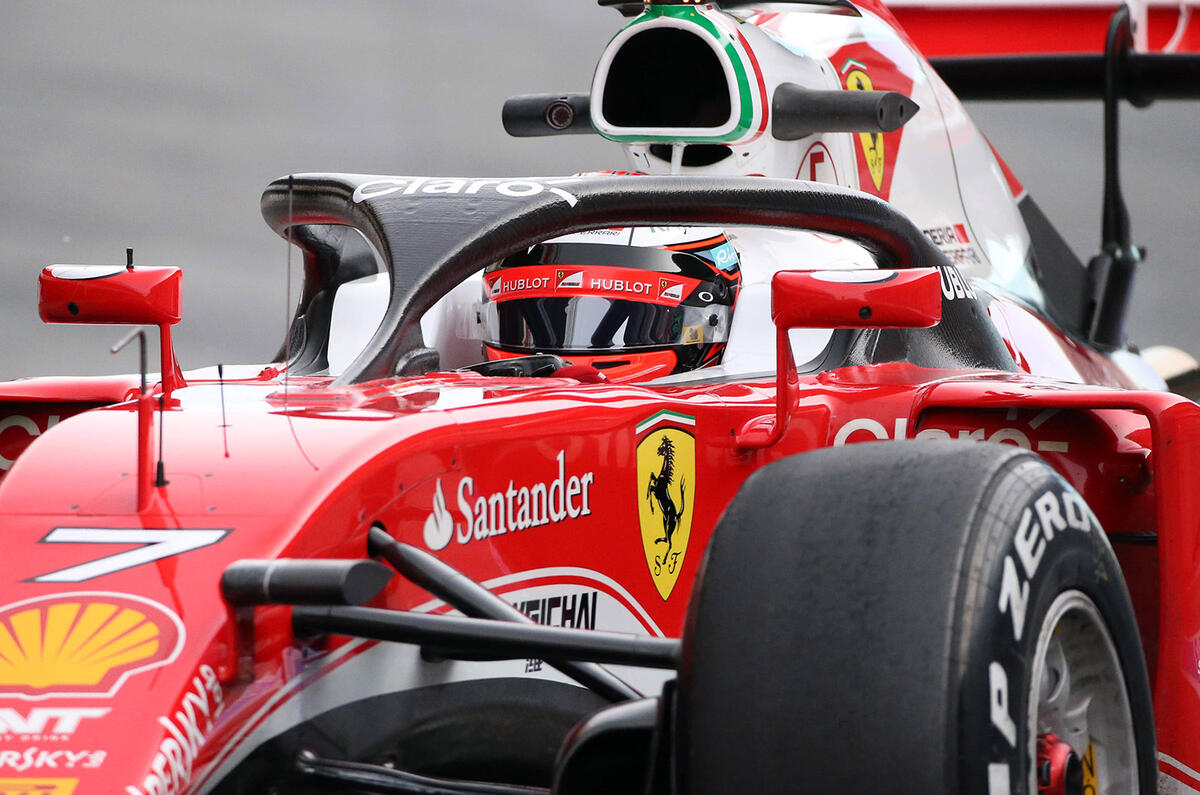
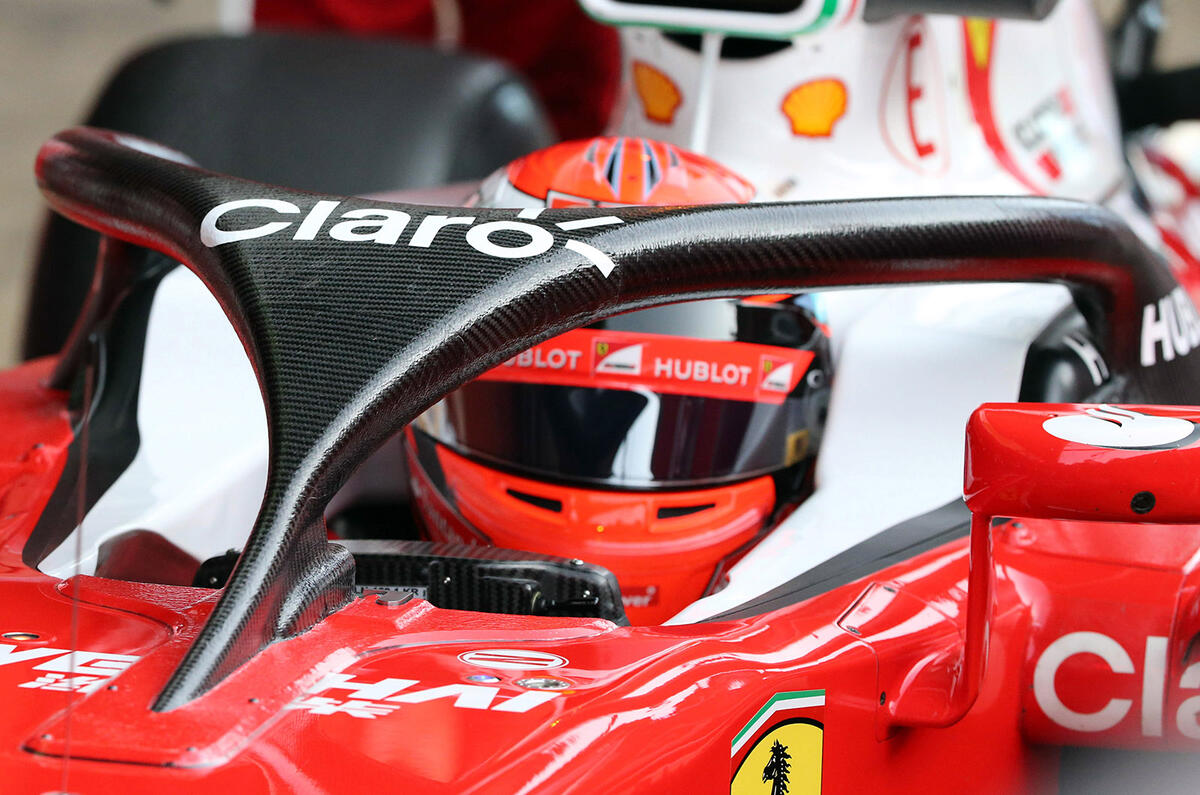
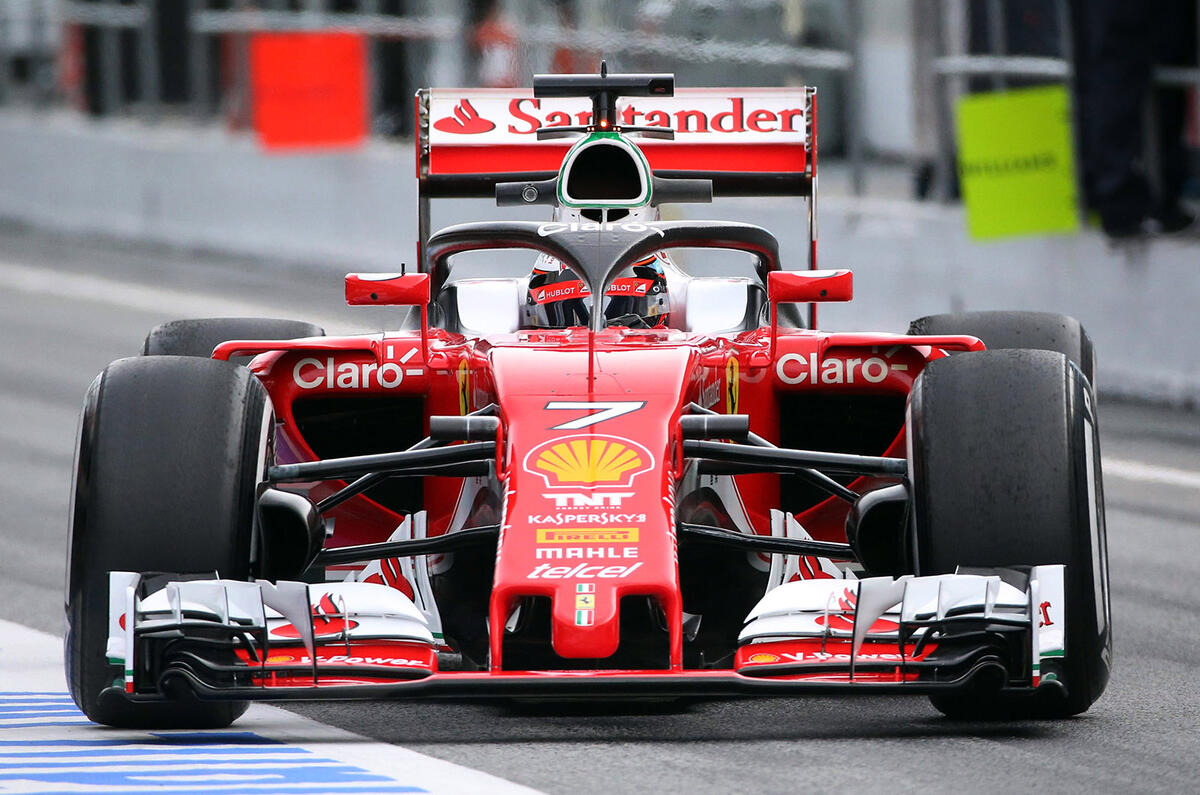
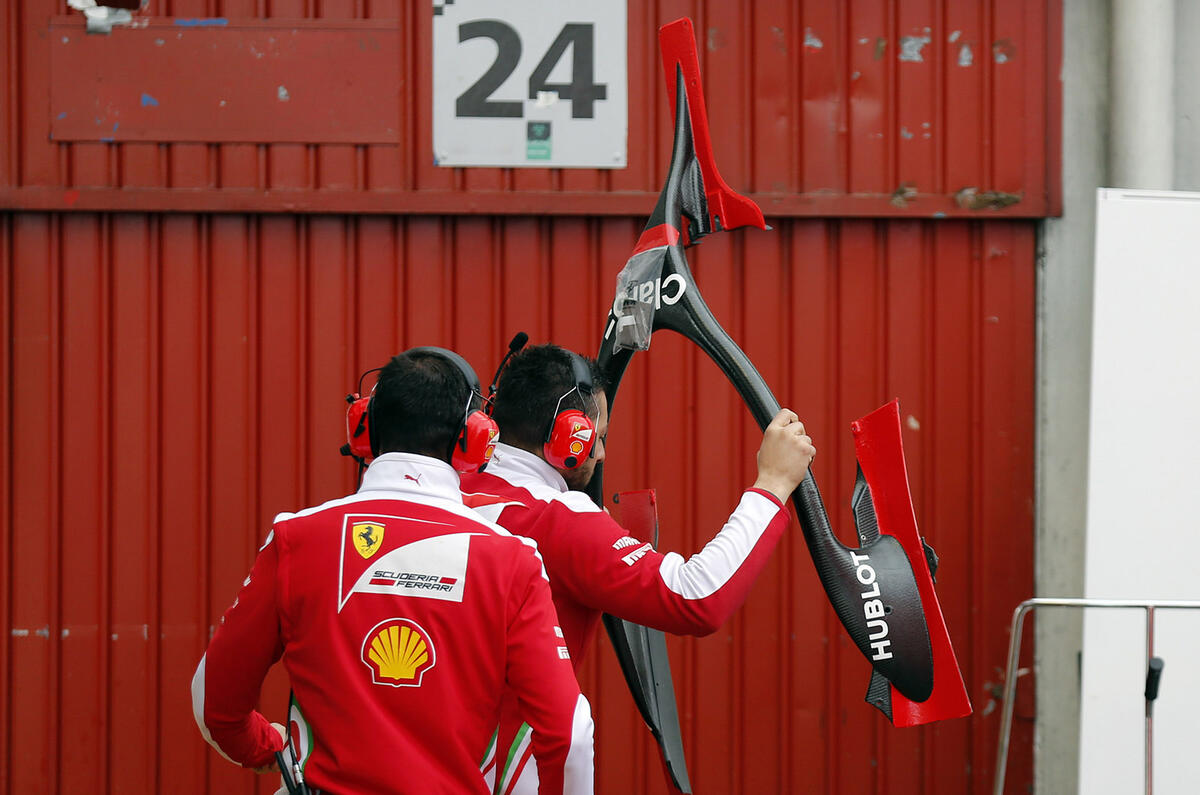
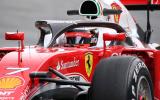
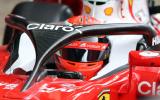
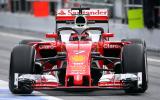
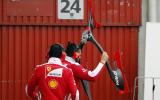



Join the debate
Add your comment
Outta here
I would suggest that anyone
Racing fans quite happily live with aero aids that changed the look of F1 far more radically than this, yet some thing that can save lives gives folks an attack of the vapours.
Canopy.......?!